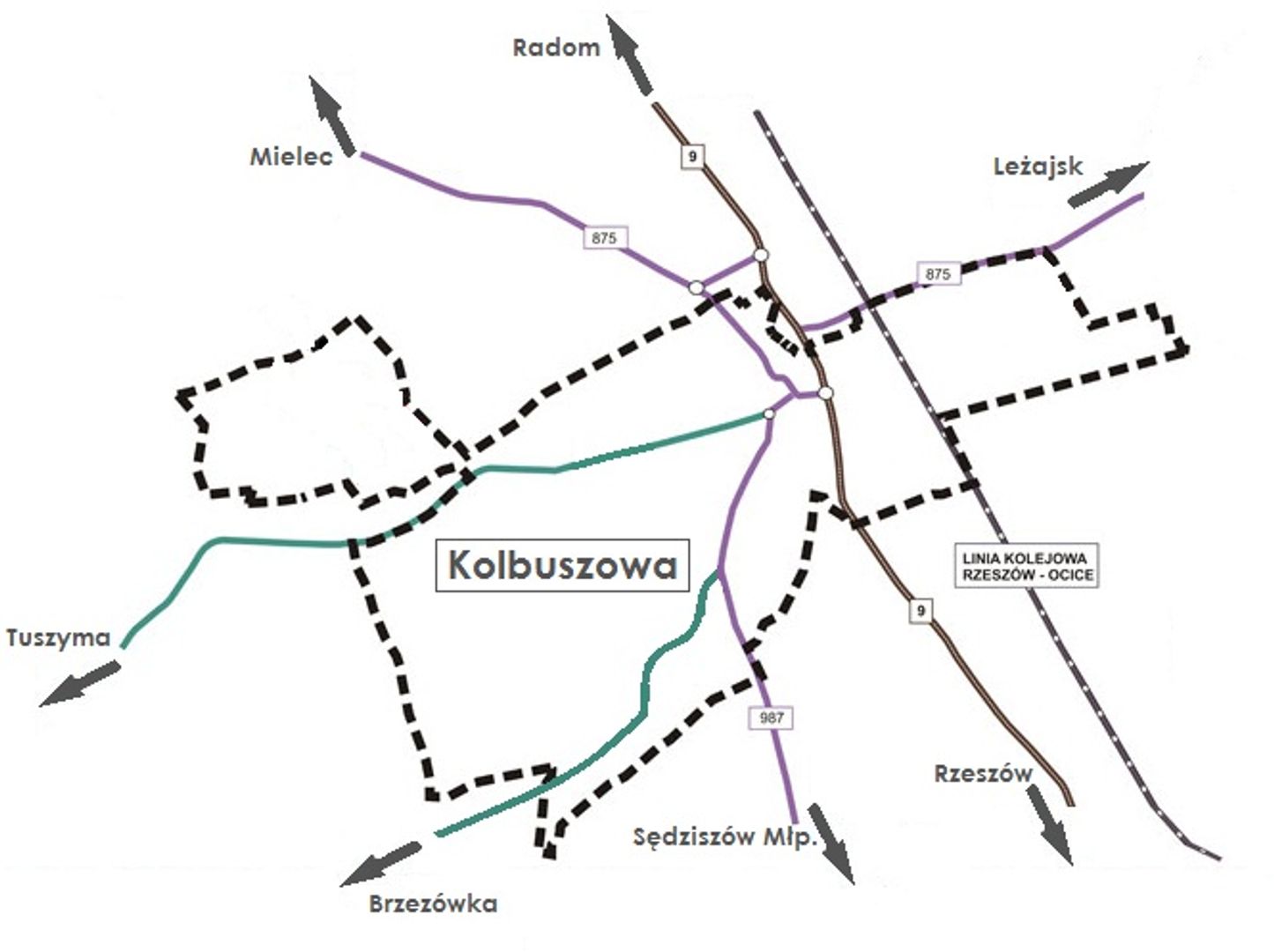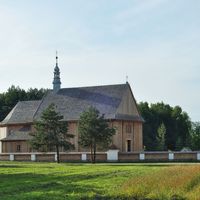Kolbuszowa
6.79

Overview
Kolbuszowa is a town in the Podkarpackie Voivodeship, known for its rich history and architecture. Established in 1690, it lies on the Nil River, at the edge of the Sandomierz Forest, serving as an important point on the Sandomierz-Przemyśl route. The history of Kolbuszowa dates back to the 16th century, and its name derives from its founder, Kolbuski. In the 18th century, the town was known for its craftsmanship, including carpentry and wheelwright products, which were traded in Poland and Lithuania. However, competition from Viennese factories led to a decline in production. During World War II, the town experienced tragic events, including battles with the Germans and the pogrom of the Jewish population. Today, Kolbuszowa preserves remnants of its Jewish community in the form of a cemetery. It is worth visiting the Museum of Folk Culture, which showcases the traditional architecture of the Lasowiacy and Rzeszowiacy people in an open-air museum established in 1978. Among the numerous historical sites, the Collegiate Church of All Saints, the Jewish cemetery, and the Tyszkiewicz Palace in nearby Werynia stand out. Kolbuszowa also offers an extensive educational infrastructure, including several kindergartens and schools, as well as sports clubs ranging from football to swimming. Road transport provides national and international connections, and the railway line links the town with Rzeszów and Tarnobrzeg. Kolbuszowa is a partner city with several foreign towns and is distinguished by the publication of local newspapers such as "Przegląd Kolbuszowski." Honorary citizens of the town include General Bronisław Kwiatkowski and Bishop Kazimierz Górny, reflecting the socio-cultural significance of this locality.
Location
2025 Wizytor | All Rights Reserved

